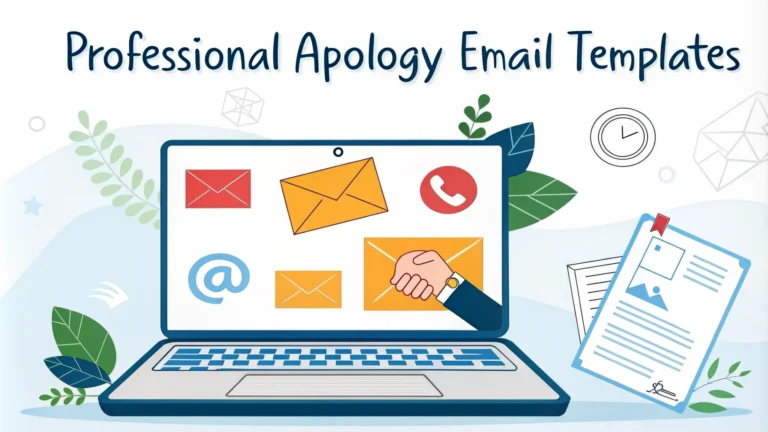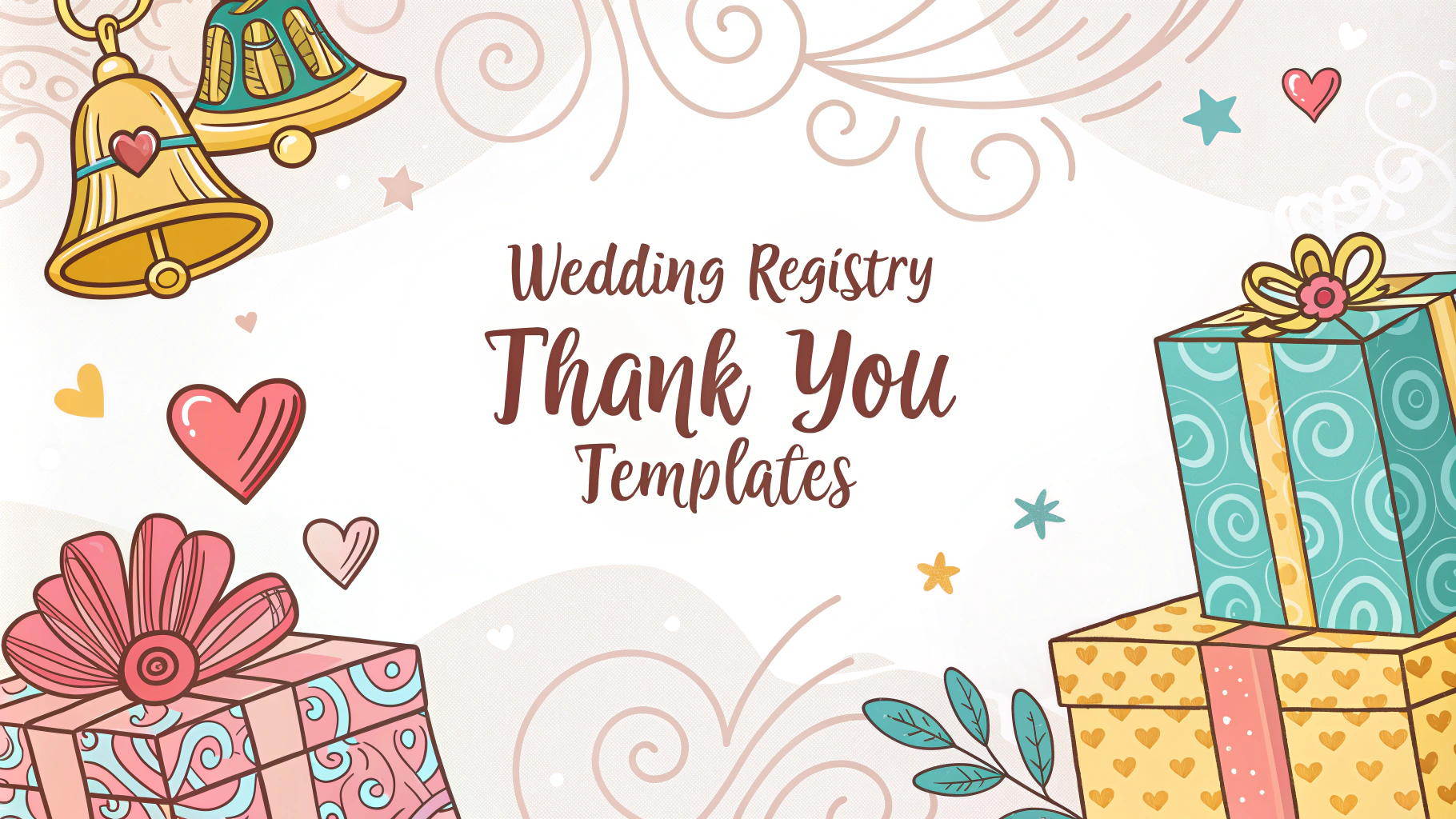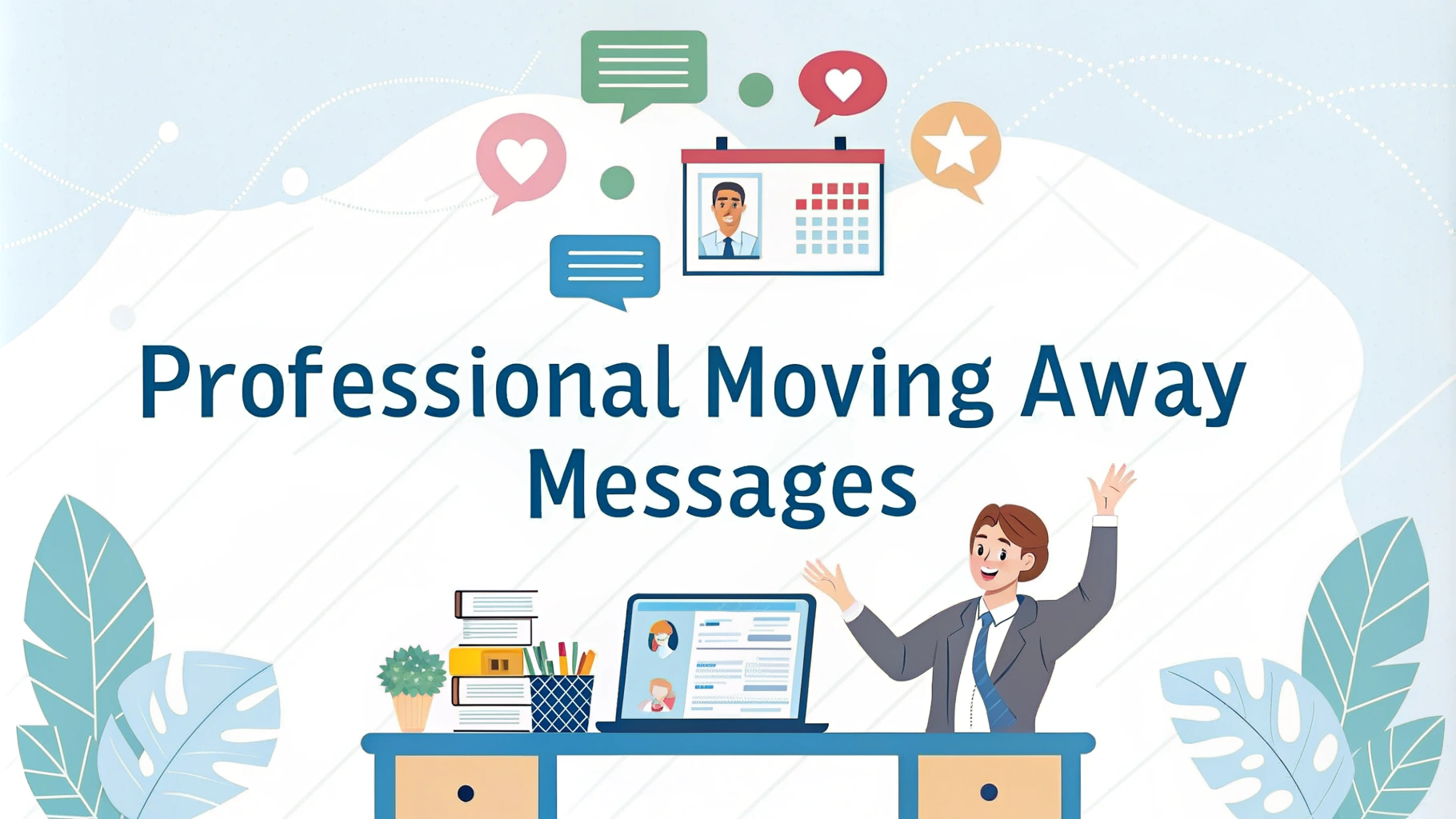A well-crafted professional apology email can help repair relationships and maintain trust in business settings.
Essential Elements of Professional Apology Emails
- Clear subject line indicating the purpose
- Direct acknowledgment of the mistake
- Specific details about what went wrong
- Genuine expression of regret
- Action plan to prevent future occurrences
Sample Templates for Common Business Situations
Late Delivery Template
Subject: Apology for Delayed [Product/Service] Delivery
Dear [Name], I sincerely apologize for the delay in delivering [product/service]. We have implemented [specific solution] to prevent similar delays. Your order will arrive by [new date], and we've added [compensation] as a gesture of goodwill. Please contact me directly at [phone/email] if you have questions. Best regards, [Your name]
Service Error Template
Subject: Addressing Recent Service Issue Dear [Name], We missed the mark with [specific error] during our recent service. To make things right, we're offering [specific solution/compensation]. I'm available at [contact details] to discuss any concerns. Regards, [Your name]
Tips for Writing Effective Apology Emails
- Timing: Send the apology as soon as possible after the incident
- Ownership: Accept responsibility without making excuses
- Solutions: Outline concrete steps to resolve the issue
- Compensation: Offer appropriate remedy when warranted
Words and Phrases to Use
- “I apologize for…”
- “We understand the impact…”
- “We are taking immediate action…”
- “To prevent this from happening again…”
Words and Phrases to Avoid
- “Unfortunately…”
- “But…”
- “If you were offended…”
- “Mistakes happen…”
Each apology email should be customized to address the specific situation and recipient.
| Situation | Response Time | Follow-up Needed |
|---|---|---|
| Minor Service Issue | Within 24 hours | One follow-up |
| Major Service Failure | Within 4 hours | Multiple follow-ups |
| Product Defect | Within 48 hours | Until resolution |
Remember to keep copies of all correspondence for record-keeping purposes.
Best Practices for Follow-Up Communication
- Document all interactions with the affected party
- Set reminders for follow-up communications
- Keep relevant team members informed of resolution progress
- Maintain a professional tone throughout all exchanges
Measuring the Effectiveness of Your Apology
- Monitor customer response and satisfaction
- Track resolution completion rates
- Gather feedback on handling of the situation
- Analyze patterns to prevent recurring issues
Internal Communication Protocol
Steps for Internal Alignment
- Brief relevant team members on the situation
- Establish clear roles in the resolution process
- Create timeline for implementation of solutions
- Set up reporting structure for updates
Conclusion
Professional apology emails are critical tools for maintaining business relationships. Success depends on prompt action, clear communication, and genuine commitment to resolution. Implement these templates and guidelines while adapting them to specific situations and organizational needs. Regular review and updates of apology protocols ensure continued effectiveness in handling business communications.
Key Takeaways
- Act quickly and professionally
- Provide specific solutions and compensation when appropriate
- Follow up consistently until resolution
- Document all communications and outcomes
FAQs
1. What are the essential components of a professional apology email?
A professional apology email should include a clear subject line, direct acknowledgment of the mistake, sincere expression of regret, explanation of what happened, steps to prevent future occurrences, and a specific plan for making amends.
2. How soon should you send an apology email after a mistake occurs?
Send an apology email as soon as possible after discovering the error, ideally within 24 hours, to demonstrate responsibility and prevent the situation from escalating.
3. Should you include excuses in a professional apology email?
No, avoid making excuses. Instead, take responsibility for the error and focus on solutions and preventive measures for the future.
4. What tone should be used in a professional apology email?
Use a sincere, professional, and humble tone while maintaining clarity and brevity. Avoid being overly casual or defensive.
5. How do you apologize for a delay in response or missed deadline?
Acknowledge the delay specifically, express genuine regret, explain briefly what caused it, and provide a concrete timeline for completion or resolution.
6. Is it appropriate to offer compensation in an apology email?
Yes, when applicable, offering appropriate compensation or making amends can demonstrate commitment to resolving the situation, such as a discount on future services or additional support.
7. Should you send mass apology emails for widespread issues?
For issues affecting multiple recipients, personalize mass apology emails as much as possible and ensure the message addresses all affected parties’ concerns.
8. How do you end a professional apology email?
Conclude with a clear statement of commitment to improvement, offer to discuss further if needed, and use an appropriate professional closing such as “Sincerely” or “Best regards.”
9. Should you request a response to an apology email?
While not always necessary, it’s appropriate to invite feedback or response if additional discussion would help resolve the situation fully.
10. How do you apologize for sending incorrect information in a previous email?
Clearly state the correction, apologize for any confusion or inconvenience caused, provide the correct information, and explain steps taken to prevent similar errors in the future.







